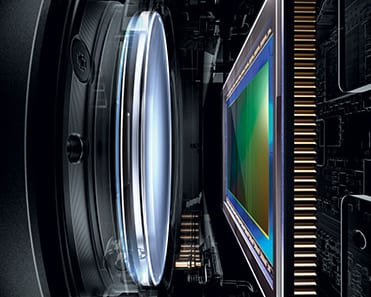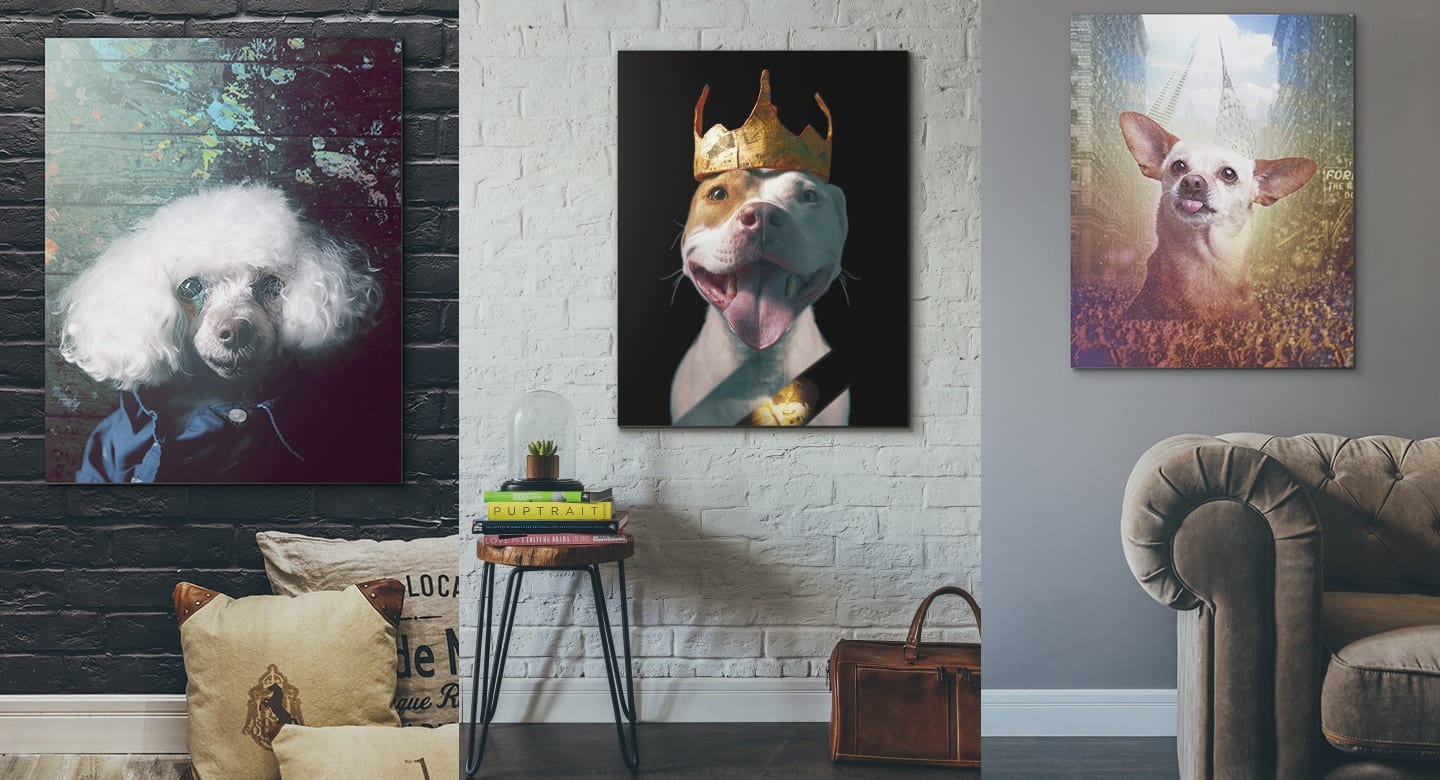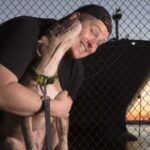Written by J.B. Shepard, a professional pet photographer and founder of the Puptrait Studio.
Jake is photographing his pet puppy. He wants to preview the image the camera will capture. What part of the camera that is inside the camera will allow him to do this?
- Aperture
- Sensor
- Eyepiece
- Internal Prism
The correct answer is: Internal Prism.
The only reason I’m answering this here is because we noticed that people were hitting our website looking for it and the answers we found posted on other websites were wrong. And to be frank, as someone who struggled with dyslexia and ADD through school, seeing kids struggle with these types of purposely clunky questions really grinds my gears. If only for the simple fact that whatever jackass wrote this question cares more about tripping you up than helping you learn. Which is 100% ableist bulls*t.

Note: Mirrorless cameras, including the Canon EOS R (which arguably out performs most full frame DSLR cameras in many ways — including sensor and lens clarity), by definition do not have Internal Prisms.
Explanation:
The easiest way to answer these type of mind numbingly clunky multiple choice questions is to focus on why the other questions are wrong and then go with whatever seems the least incorrect.
Wrong answers explained…
- Aperture is the mechanism that controls how much light is let through a lens at any given point in time. Light will need to pass through this mechanism to be captured and previewed, but it’s not housed in the camera body. The aperture is contained in the lens. You can remember this easily because all lenses have different speeds (signified as “f-stops”) that are independent of the camera body, i.e. different lenses have different ranges of width openings.
- Sensor are internal mechanisms, but its role in the camera is to capture the image. By definition, the sensor can not preview an image without capturing it first.
- You might think, “What about Live View mode – that’s a preview, right?”. Practically speaking it is a preview — in a sense. But from a functional standpoint Live View is not technically a preview as much as it is a shift in how data is handled within the camera.
- When you “take a photo” data captured by your sensor is saved to your Memory Card.
- In Live View mode the data captured by your sensor is sent to your LED screen.
- You might think, “What about Live View mode – that’s a preview, right?”. Practically speaking it is a preview — in a sense. But from a functional standpoint Live View is not technically a preview as much as it is a shift in how data is handled within the camera.
- Eyepiece may sound correct, as the name has the word eye in it and you technically look through it. But it’s not technically part of a DLSR camera (or an internal part, for that matter), no more than a hood is part of a lens. In fact, the Eyepiece serves essentially the same role as the hood. It prevents light from leaking into your eye when you look through the view finder.
- Note that in other imagining systems that don’t have view finders or diopters, such as microscopes and telescopes, the Eyepiece may actually be a correct answer depending on whether the part is integrated and considered internal.
Correct answer explained…
- Internal Prism is the mechanism that bounces light through the view finder. It’s located entirely within the camera body. More importantly, in SLR and DSLR cameras the Internal Prism is only used when the reflex mirror is not engaged, meaning the Internal Prism is used ONLY to preview images.
- In other words, the only way the Internal Prism would be the wrong answer to this question would be if the specific camera type your are being quizzed on doesn’t have a reflex mirror (they’re not needed in mirrorless digital cameras or some rangefinder / medium format / large format cameras).
- If you don’t know what these cameras are or if you were asked this question as part of an Introduction to Photography High School or College course, or as part of your PPA exam you’re likely good.
- In other words, the only way the Internal Prism would be the wrong answer to this question would be if the specific camera type your are being quizzed on doesn’t have a reflex mirror (they’re not needed in mirrorless digital cameras or some rangefinder / medium format / large format cameras).
The Puptrait Studio may collect a share of sales or other compensation from the links on this page. Prices are accurate and items in stock as of time of publication.
About the author: J.B. Shepard, is a professional pet photographer, dog advocate, and founder of the Puptrait Studio. J.B. lives in Hampden, with his wife and two rescue dogs — George (a Boggle) and Lucky (a Jack Russell Terrier).


